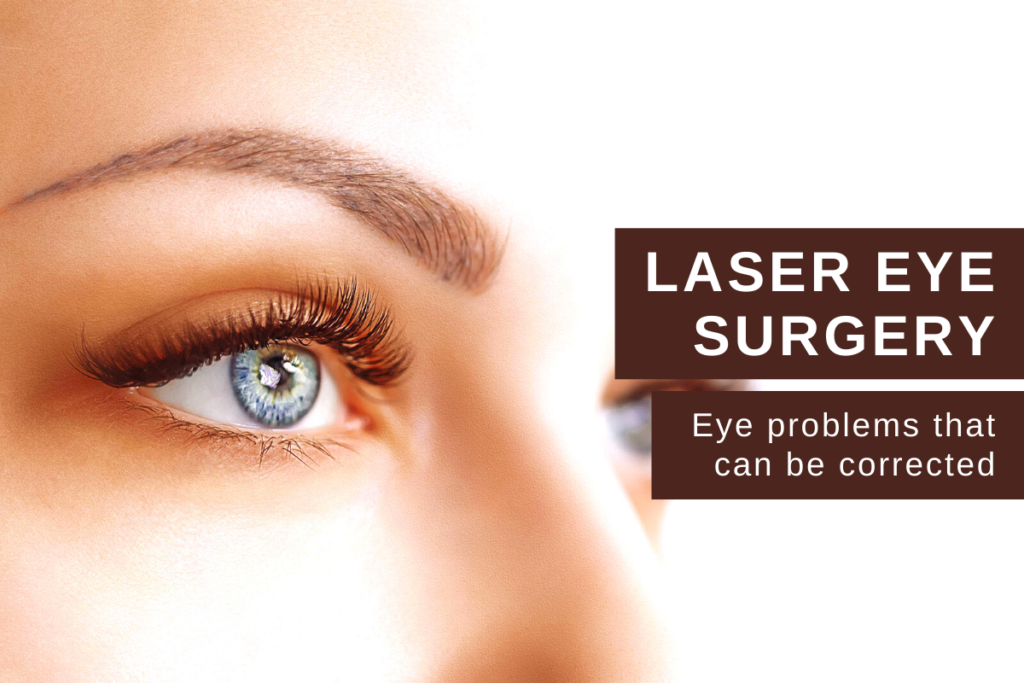Back pain is a widespread condition that stands as one of the leading causes of disability globally, significantly affecting the quality of life and productivity. It can stem from various factors such as acute injuries, chronic conditions, or everyday activities that strain the back. This pain not only limits physical activity but also contributes to significant emotional and psychological stress.
Custom orthotics offer a non-invasive solution to back pain by addressing biomechanical issues at the foot level. Tailored to fit the individual contours of each foot, they help correct improper alignment and distribute weight more evenly, potentially reducing the stress on the back. By improving posture and foot function, custom orthotics can play a crucial role in managing back pain and enhancing overall mobility.
Understanding Back Pain: Causes and Impact on Daily Life
Back pain is a complex condition with a variety of triggers. Common causes include:
- Poor Posture: Spending long hours in front of a computer or frequently using smartphones can lead to slouching and other poor posture habits that stress the spine.
- Incorrect Walking Mechanics: An abnormal gait or imbalance in walking can place undue stress on the back, leading to pain over time.
- Underlying Health Conditions: Conditions such as arthritis, osteoporosis, and degenerative disc disease directly affect the spine and can cause persistent pain.
The influence of back pain on daily activities can be debilitating. Here are some ways it manifests:
- Mobility Restrictions: Back pain can severely restrict movement, making it difficult to bend, twist, or even walk, which are essential for performing daily tasks.
- Reduced Activity Levels: Chronic discomfort often leads people to avoid activities that might exacerbate the pain, leading to a less active lifestyle and potential weight gain, which can further aggravate back issues.
- Impact on Work and Productivity: Pain can impair concentration and endurance, reducing productivity and increasing the likelihood of taking sick leave.
- Social and Recreational Life: Severe back pain might hinder participation in social gatherings and recreational activities, contributing to feelings of isolation and decreased life satisfaction.
Understanding these causes and effects highlights the importance of addressing back pain with effective treatments like custom orthotics, which can help mitigate some of the mechanical contributors to pain.
What are Custom Orthotics?
Orthotics are devices designed to be worn inside the shoes to support and improve the function of the feet and legs. They range from simple over-the-counter insoles to customized devices specifically molded and built to correct specific foot imbalances and alignment issues.
Over-the-Counter-Orthotics
Over-the-Counter Orthotics are mass-produced and designed to provide general cushioning or support for common foot problems. These insoles can help with minor discomfort and are widely available in pharmacies and shoe stores. However, they are not tailored to individual needs and might not address specific biomechanical issues effectively.
Custom Orthotics
Custom Orthotics, on the other hand, are specifically made from precise imprints of the feet, often taken by a podiatrist or orthopedic specialist. These devices are designed based on detailed measurements of the individual’s feet, ensuring a perfect fit and targeted intervention. Custom orthotics can correct abnormal walking patterns, redistribute pressure points, and align the ankles and knees to reduce stress on the lower back.
The difference between the two lies in customization, effectiveness, and cost. Custom orthotics are more expensive but provide personalized support and correction based on specific diagnoses, whereas over-the-counter options offer a one-size-fits-most solution that may not be effective for everyone with distinct or severe orthopedic needs. Custom orthotics are particularly beneficial for individuals with chronic foot issues, significant biomechanical problems, or those who have not found relief with standard insoles.
The Process of Creating Custom Orthotics
The creation of custom orthotics is a personalized process that begins with a detailed assessment of the individual’s foot mechanics and specific needs. Here’s how these specialized devices are made:
Initial Assessment:
- Biomechanical Examination: A podiatrist or orthotist conducts a thorough examination of the feet, ankles, and legs, and assesses the way the individual walks (gait analysis). This may involve observing the patient’s walking and standing posture, using video analysis for more precise diagnostics.
- Medical History: Understanding the patient’s medical history, including any past injuries, existing conditions, and current symptoms, is crucial to tailoring the orthotics.
Casting and Imaging:
- 3D Imaging or Casting: To capture the exact shape of the foot, practitioners may use plaster casting, foam impressions, or advanced 3D scanning technology. This step ensures that the orthotics match the contours of the patient’s feet perfectly.
- Digital Foot Mapping: Some modern practices use digital foot mapping tools that provide dynamic insights into pressure points and weight distribution as the patient walks.
Design and Fabrication:
- Custom Design: Based on the assessments and measurements, the orthotic is designed to correct specific imbalances and support needed areas. Advanced software helps in modifying the design to precise specifications.
- Material Selection: Materials are chosen based on the individual’s activity level, weight, foot condition, and the type of shoes they wear. Options can range from rigid materials for maximum support to flexible materials for cushioning.
- Manufacturing: The final design is sent to a lab where the orthotics are crafted. This may involve CNC machining for rigid orthotics or 3D printing for layered, more flexible types.
Fitting and Adjustments:
Initial Fitting: Once the orthotics are ready, an initial fitting is conducted to ensure they fit comfortably in the patient’s footwear and provide the intended support.
Fine-tuning: Adjustments are often necessary as the patient starts to wear them in daily life. Feedback during follow-up visits helps refine the fit and function.
This meticulous process ensures that custom orthotics are not just supportive but also tailored to address specific biomechanical issues, potentially improving overall body alignment and reducing stress on the musculoskeletal system.
Benefits of Custom Orthotics for Back Pain
Custom orthotics offer several key benefits that can directly impact and alleviate back pain. Here’s a closer look at how these devices can make a difference:
Alignment and Postural Correction
Custom orthotics help correct foot alignment, which is crucial for maintaining a healthy posture. Misalignment in the feet can lead to an uneven gait, which forces the legs, hips, and spine to compensate, often resulting in back pain. By correcting the alignment at the base—the feet—orthotics can help straighten the entire kinetic chain, from the ankles up through the knees, hips, and spine. This improved alignment helps in maintaining an upright and balanced posture, reducing the strain and stress on the back muscles and joints.
Improved Distribution of Weight
Uneven weight distribution can place additional pressure on certain parts of the body, including the spine, which can exacerbate back pain. Custom orthotics are designed to support arches and redistribute body weight across the feet more evenly. This balance can be particularly beneficial for individuals with flat feet or high arches, conditions that often contribute to improper weight distribution. By ensuring a more balanced stance, orthotics help minimize the pressure points on the spine, aiding in the relief and prevention of back pain.
Enhanced Support and Comfort
Each pair of custom orthotics is tailored not only to fit the unique contours of the user’s feet but also to address specific needs based on their lifestyle and daily activities. This personalized support ensures that areas of the foot that may require more cushioning or rigidity receive it, enhancing overall comfort. For individuals with back pain, this means less discomfort during prolonged standing, walking, or performing activities that may otherwise exacerbate their condition.
Case Studies and Testimonials Demonstrating Effectiveness
Many case studies and patient testimonials highlight the effectiveness of custom orthotics in managing back pain. For instance, a study involving patients with lower back pain showed significant improvement in symptoms and functionality after using custom orthotics for several weeks. Patients often report not only a reduction in back pain but also an improvement in their overall quality of life. These testimonials underscore the potential of orthotics to provide a non-invasive, supportive solution for chronic back pain sufferers.
Overall, custom orthotics offer a multifaceted approach to treating back pain, addressing the root mechanical issues that contribute to discomfort. By enhancing alignment, distributing weight evenly, and providing targeted support, they can significantly improve the lives of those suffering from back pain.
Integrating Orthotics Into Daily Life
Adapting to custom orthotics can take time, as your body adjusts to changes in posture and alignment. Here are some tips on how to smoothly integrate orthotics into your daily routine, along with suggestions for complementary therapies and exercises that can enhance their benefits.
Tips on Adjusting to Wearing Orthotics
- Start Gradually: Begin by wearing your orthotics for just a few hours each day. This allows your feet and body time to adapt to the new support. Gradually increase the duration as comfort allows, aiming for full-day wear after a few weeks.
- Listen to Your Body: Some initial discomfort is normal as your body adjusts to the changes in support and alignment. However, pay attention to any signs of pain. If discomfort persists or worsens, consult with your orthotist or podiatrist for adjustments.
- Wear Suitable Footwear: Ensure that your shoes are compatible with your orthotics. Shoes with removable insoles and adequate depth are ideal. Avoid overly tight or narrow shoes that could hinder the effectiveness of the orthotics.
Complementary Therapies and Exercises
- Strength and Flexibility Exercises: Engage in exercises that strengthen the muscles of the feet, legs, and core. Strong muscles support your body’s alignment and can enhance the benefits of your orthotics. Flexibility exercises, especially those that stretch the back and legs, can also help reduce tension and improve posture.
- Physical Therapy: Consider consulting a physical therapist. They can provide personalized exercises that complement the use of orthotics and help improve your overall musculoskeletal health.
- Regular Check-ups: Periodic visits to your healthcare provider can ensure that your orthotics continue to meet your needs, especially if your body or activities change over time.
Integrating orthotics into your daily life effectively requires a balanced approach of gradual adaptation, attentive body monitoring, and supportive exercises. With the right practices, you can maximize the therapeutic benefits of your custom orthotics, leading to improved comfort and reduced back pain.
Embracing the Benefits of Custom Orthotics
Custom orthotics offer a host of benefits that can significantly improve the lives of those suffering from back pain. By enhancing alignment, distributing weight evenly, and providing tailored support, orthotics help mitigate the physical stresses that contribute to back discomfort. Additionally, these personalized devices can improve posture and overall mobility, making daily activities more comfortable and manageable.
If you’re struggling with back pain or other related issues, consulting with a healthcare provider to explore the possibility of custom orthotics is a proactive step towards relief. A podiatrist or orthotist can assess your specific needs and determine whether orthotics could be an effective treatment option for you. They can also ensure that your orthotics are perfectly tailored to your body’s requirements, maximizing the potential benefits.
We encourage you to consider custom orthotics not just as a treatment for existing conditions, but as a preventative measure to maintain overall musculoskeletal health. Take the step towards a more pain-free life by discussing with a healthcare professional whether custom orthotics might be the right solution for you.





